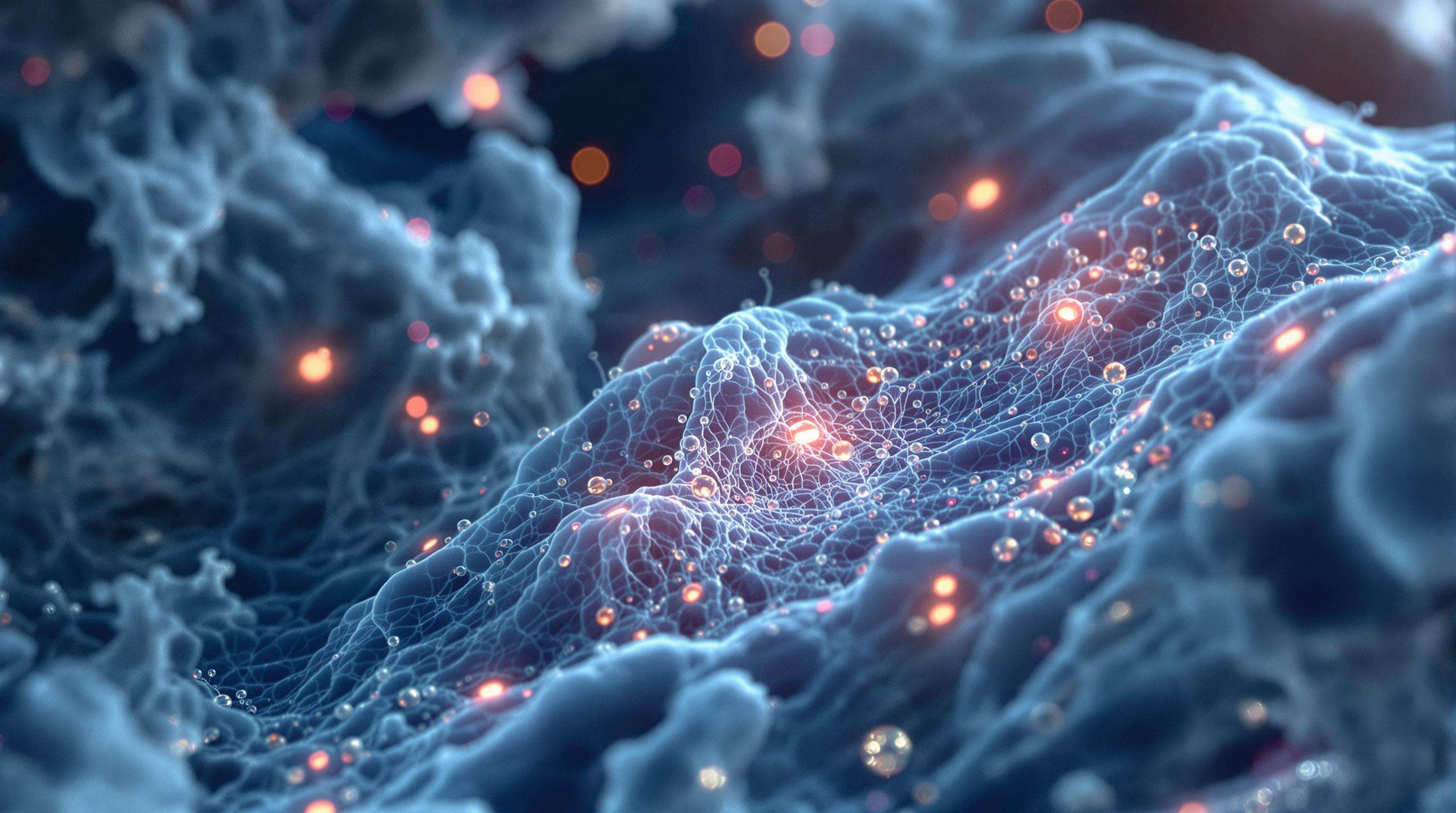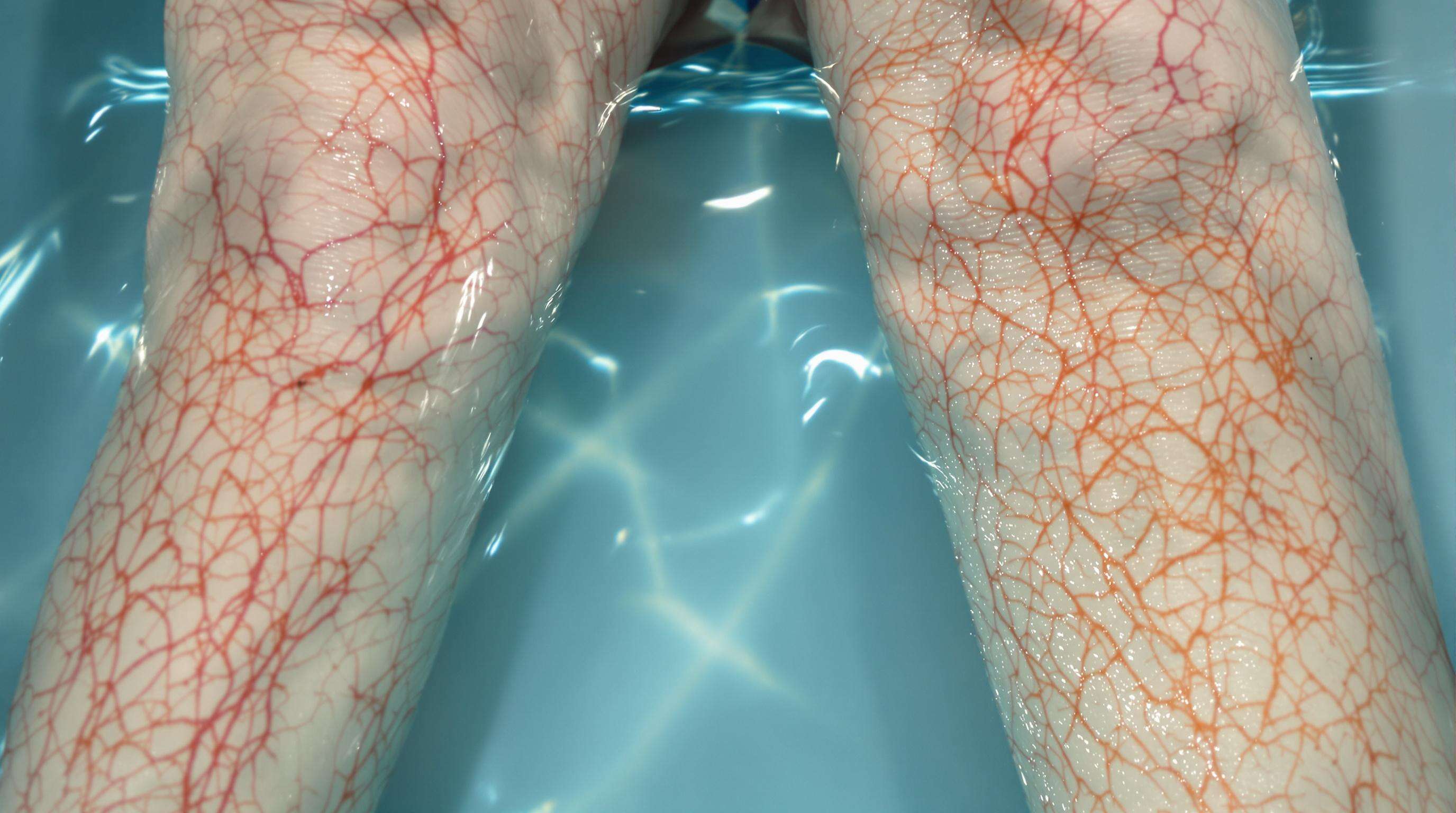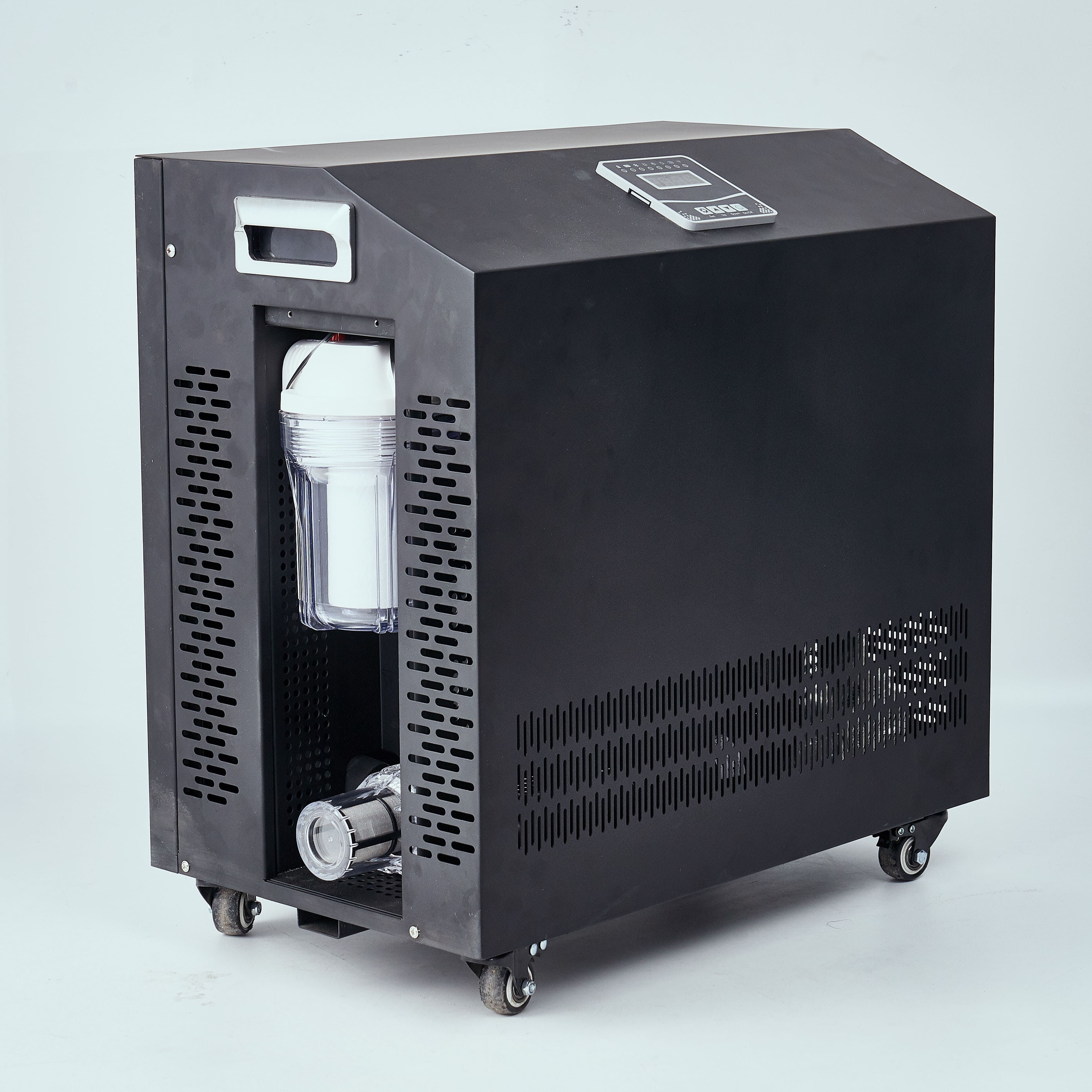Neurovascular Response Mechanisms in Cold-Water Immersion
Cold-water immersion elicits acute neurovascular changes via rapid vasoconstriction. When immersed in cold water (50- to 59-degrees F) the blood vessels constrict in 20-30 seconds and the blood moves away from the extremities to the major organs of the body. This oxygen-sparing process is anti-inflammatory in that it restricts blood flow to the periphery. Other effects are simultaneously initiated, such as the production of norepinephrine by the sympathetic nervous system—its release is increased 530%, according to clinical trials of immersion. The consequent shift in blood flow results in improved endothelial performance and activates neural circuits that prepare an individual for better stress reactivity.
Thermal Shock Theory and Cellular Recovery Processes

Thermal shock from cold plunge therapy stimulates cellular repair through hormetic stress responses. When water chillers rapidly lower tissue temperatures (-1°F per minute), cells activate cold-shock proteins like RBM3, which initiate:
- Mitochondrial biogenesis: Increased production of energy-generating organelles
- Autophagy activation: Enhanced removal of damaged cellular components
- ATP resynthesis acceleration: Upregulated energy restoration pathways
This oxidative stress also boosts antioxidant enzyme production (SOD, catalase) that neutralizes exercise-induced free radicals.
Accelerated Muscle Recovery Post-Workout
Cold plunge chillers optimize post-exercise recovery by maintaining therapeutic temperatures that accelerate ATP resynthesis by 34% compared to passive rest. Water immersion creates hydrostatic pressure that enhances fluid exchange, reducing delayed-onset soreness.
Systemic Inflammation Reduction Through Vasoconstriction
Targeted cold exposure decreases blood flow to extremities by up to 65% within minutes, limiting pro-inflammatory cytokines. Research shows a 28% reduction in interleukin-6 after consistent therapy sessions, accelerating healing in overworked muscle groups.
Enhanced Circulation via Thermogenic Rebound Effect

Post-immersion, arterial blood flow surges to 140% of baseline during rewarming. This thermogenic effect increases oxygen delivery while circulating norepinephrine levels rise 250% above baseline, improving long-term circulatory function.
Mental Health Advantages of Cold Plunge Therapy
Norepinephrine Surge and Cognitive Performance Boost
Cold immersion triggers a 250% increase in norepinephrine (Stanford Trial 2024), enhancing mental clarity and reaction times. Athletes demonstrated 19% faster decision-making accuracy after two weeks of daily sessions.
Stress Hormone Reduction Patterns
Cold water immersion at 54°F (12°C) reduces cortisol by 23% compared to passive recovery. Regular users report 40% faster recovery from anxiety-inducing situations based on galvanic skin response.
Mood Regulation Through Endorphin Release
Cold exposure triggers endorphin release comparable to moderate-intensity cycling. Seasonal affective disorder patients experienced a 31% reduction in symptoms after 14 days of morning plunges.
Cold Plunge Chiller Selection Criteria
Therapeutic benefits occur within 37°F–60°F (2.8°C–15.5°C), requiring chillers to maintain ±1°F accuracy. Lower temperatures demand robust refrigeration systems, especially in warm climates.
Temperature Precision Requirements
Systems incapable of sustaining <50°F compromise inflammation reduction, while <40°F increases hypothermia risk. Digital thermostats provide 30% greater consistency than analog systems.
Flow Rate Optimization
- Commercial chillers: 150–300 GPH for multiple immersions
- Residential units: 50–100 GPH for efficiency
Energy Efficiency Standards
Higher Coefficient of Performance (COP) units reduce energy use by 18–27%. Look for Energy Star certification and variable-speed compressors.
Integrating Cold Plunge Therapy into Wellness Routines
Contrast Therapy Protocols
Alternating 10–15 minutes of heat with 2–3 minutes of cold immersion (41–59°F) enhances circulation by 82% (Journal of Thermal Biology 2023). Three cycles post-exercise optimize lymphatic drainage.
Athletic Recovery Schedules
Usage within 20 minutes of intense training reduces muscle soreness by 44% (Sports Medicine 2024). Protocols vary:
- Strength training: 12°C for 10 minutes
- Endurance sports: 8–10°C for 15 minutes
Safety Protocols for Cold Plunge Usage
Duration Guidelines by Body Composition
- <12% body fat: 1-3 minutes
- 12-25% body fat: 3-5 minutes
- 25% body fat: Max 5-7 minutes
Exit immediately upon shivering onset.
Medical Contraindications
Avoid if you have:
- Hypertension or arrhythmia
- Raynaud’s syndrome
- Open wounds
Always use GFCI-protected outlets and slip-resistant flooring.
FAQ
What is the optimal temperature for cold-water immersion?
The therapeutic range is between 37°F–60°F (2.8°C–15.5°C), with chillers needing to maintain ±1°F accuracy.
How long should I stay in a cold plunge?
The duration depends on body composition: less than 12% body fat suggests 1-3 minutes, 12-25% recommends 3-5 minutes, and greater than 25% recommends 5-7 minutes.
Can cold immersion help with mental health?
Yes, it enhances mental clarity and reaction times by increasing norepinephrine levels and reducing symptoms of disorders like seasonal affective disorder.
Are there specific contraindications for cold plunge therapy?
Yes, avoid cold plunge therapy if you have hypertension, arrhythmia, Raynaud’s syndrome, or open wounds.
Table of Contents
- Neurovascular Response Mechanisms in Cold-Water Immersion
- Thermal Shock Theory and Cellular Recovery Processes
- Accelerated Muscle Recovery Post-Workout
- Systemic Inflammation Reduction Through Vasoconstriction
- Enhanced Circulation via Thermogenic Rebound Effect
- Mental Health Advantages of Cold Plunge Therapy
- Cold Plunge Chiller Selection Criteria
- Integrating Cold Plunge Therapy into Wellness Routines
- Safety Protocols for Cold Plunge Usage
- FAQ

